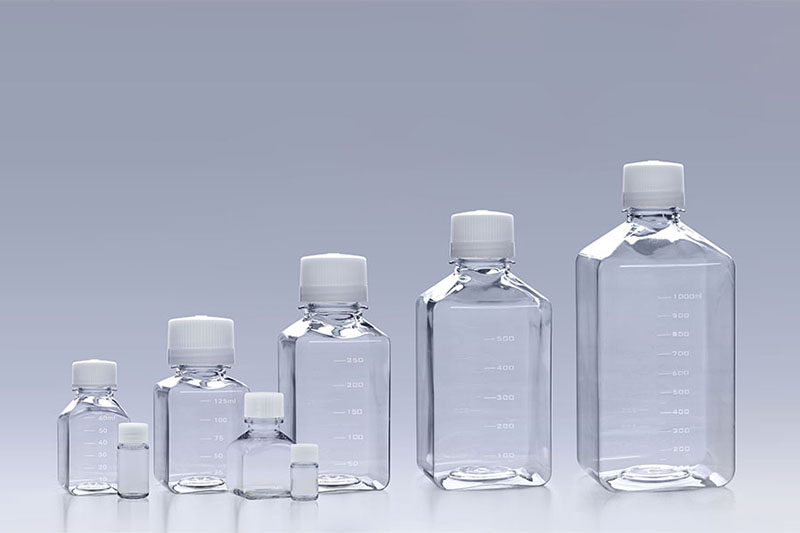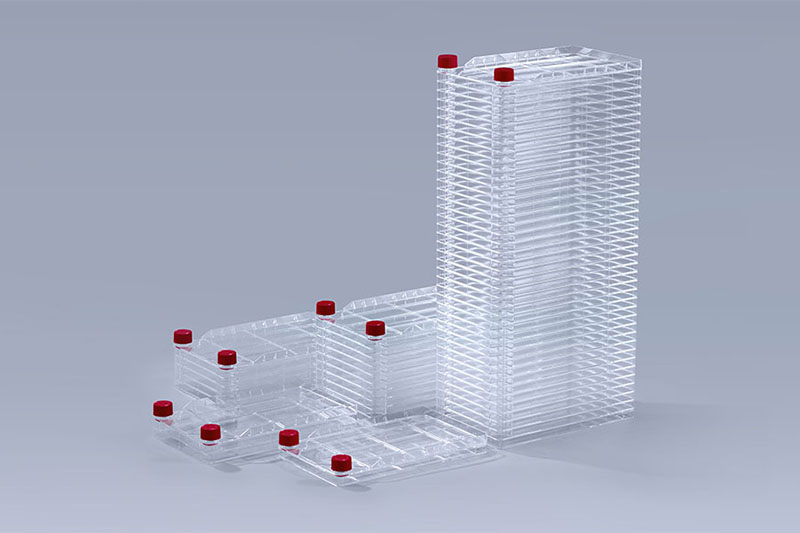May 19, 2023, the U.S. Food and Drug Administration approved Vyjuvek, a herpes-simplex virus type 1 (HSV-1) vector-based gene therapy, for the treatment of wounds in patients 6 months of age and older with dystrophic epidermolysis bullosa (DEB) with mutation(s) in the collagen type VII alpha 1 chain (COL7A1) gene.
“Vyjuvek is the first FDA-approved gene therapy treatment for DEB, a rare and serious genetic skin disorder,” said Peter Marks, M.D., Ph.D., director of the FDA’s Center for Biologics Evaluation and Research. “Today’s action demonstrates the FDA’s ongoing commitment to supporting the development and evaluation of new treatments that address unmet needs for rare diseases or conditions.”
DEB is a genetic disorder that affects the connective tissue in the skin and nails and results from mutation(s) in the COL7A1 gene. This gene encodes type VII collagen (COL7), which is an essential protein that helps strengthen and stabilize the outer and middle layers of the skin. When COL7A1 is deficient, skin layers can separate, causing painful and debilitating blisters and wounds. DEB usually presents itself at birth and is divided into two major types depending on the inheritance pattern: recessive dystrophic epidermolysis bullosa (RDEB) and dominant dystrophic epidermolysis bullosa (DDEB).
Symptoms can vary widely among affected people. Individuals with DDEB typically have mild cases with blistering primarily affecting the hands, feet, knees, and elbows. RDEB cases can be painful and debilitating, often involving widespread blistering that can lead to vision loss, disfigurement, and other serious medical complications, which could be fatal.
Vyjuvek is a genetically modified (engineered in a laboratory) herpes-simplex virus used to deliver normal copies of the COL7A1 gene to the wounds. COL7 molecules arrange themselves into long, thin bundles that form anchoring fibrils that hold the epidermis (skin) and dermis together, which is essential for maintaining the integrity of the skin. Vyjuvek has also been modified to eliminate its ability to replicate in normal cells. Vyjuvek is mixed into an excipient (non-active ingredient) gel prior to topical application. A healthcare professional evenly applies Vyjuvek gel in droplets to a patient’s wounds once a week.
The safety and effectiveness of Vyjuvek was established primarily in a randomized, double-blinded, placebo-controlled study involving a total of 31 subjects with DEB, including 30 subjects with RDEB and one subject with DDEB. In the study, two DEB wounds of comparable size on each patient were identified and randomized to receive either topical administration of Vyjuvek or the placebo on a weekly basis. The age of the subjects ranged from 1 year to 44 years (mean age 17 years). Efficacy was established by improved wound healing, defined as the difference in the proportion of confirmed complete (100%) wound closure between the Vyjuvek-treated and the placebo-treated wounds at 24 weeks. Sixty-five percent of the Vyjuvek-treated wounds completely closed while only 26% of the placebo-treated wound completely closed.
In addition, in a different clinical study, two young patients with RDEB (6 and 7 months of age, respectively) received topical Vyjuvek weekly without any new safety findings.
The most common adverse reactions associated with Vyjuvek included itching, chills, redness, rash, cough and runny nose.
Source: https://www.fda.gov/news-events/press-announcements/fda-approves-first-topical-gene-therapy-treatment-wounds-patients-dystrophic-epidermolysis-bullosa
The FAI climbed 5.9 percent year-on-year in the first 11 months of 2018, quickening from the 5.7-percent growth in Jan-Oct, the National Bureau of Statistics (NBS) said Friday in an online statement.
The key indicator of investment, dubbed a major growth driver, hit the bottom in August and has since started to rebound steadily.
In the face of emerging economic challenges home and abroad, China has stepped up efforts to stabilize investment, in particular rolling out measures to motivate private investors and channel funds into infrastructure.
Friday's data showed private investment, accounting for more than 60 percent of the total FAI, expanded by a brisk 8.7 percent.
NBS spokesperson Mao Shengyong said funds into weak economic links registered rapid increases as investment in environmental protection and agriculture jumped 42 percent and 12.5 percent respectively, much faster than the average.
In breakdown, investment in high-tech and equipment manufacturing remained vigorous with 16.1-percent and 11.6-percent increases respectively in the first 11 months. Infrastructure investment gained 3.7 percent, staying flat. Investment in property development rose 9.7 percent, also unchanged.
 English
English



















































 PETG Media Bottles
PETG Media Bottles Cell Factory Systems
Cell Factory Systems Cell Culture Erlenmeyer Flask
Cell Culture Erlenmeyer Flask